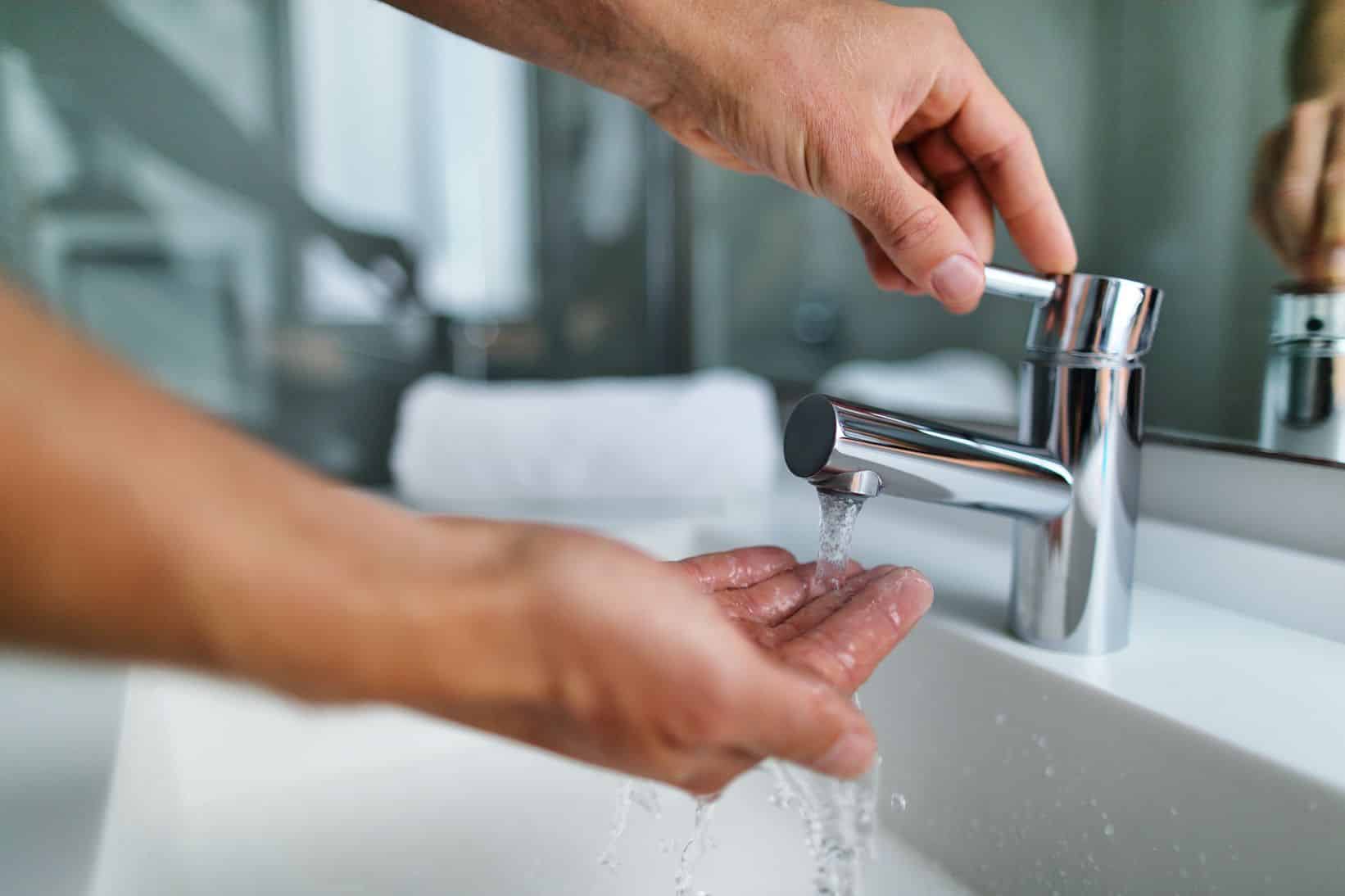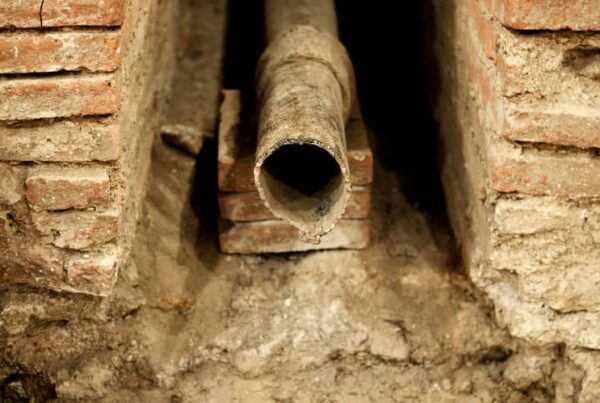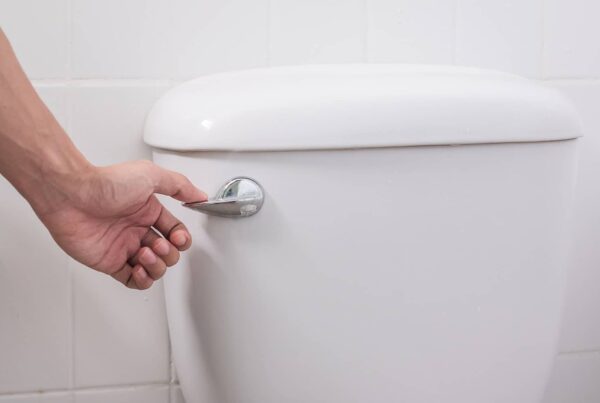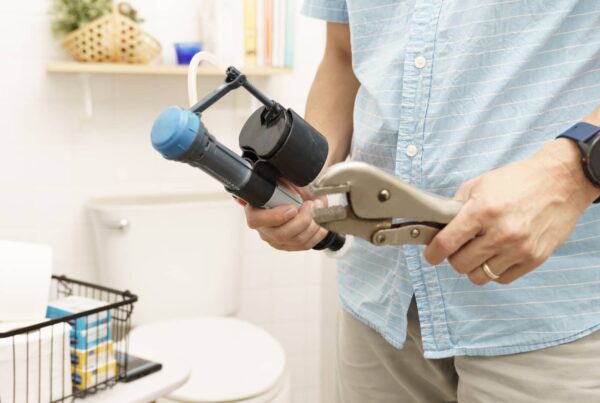
Is your kitchen or bathroom sink not running at full capacity? Perhaps, your shower has low water pressure.
As a home inspection company, we get this question a lot – and it is understandable. (Everyone loves how “their” shower works).
So let’s start by asking, how do you know if the water pressure is low?
Any person may look at toilet or a faucet and wonder, is my water pressure low? However, to tell for certain, you can place a pressure gauge at a hose bib outside.
The pressure gauge should read anywhere from 40 to 60 PSI once you turn the water on.
This should tell you for certain if your water pressure is low.
However, there is also an easy way to test water pressure if you do not have a pressure gauge available.
Simply go to one bathroom, and turn on all faucets/showers.
Once all the fixtures are on, flush the toilet to see if the water drops pressure from the sinks or shower heads. If water pressure drops while the toilet is filling up, there might be an issue.
You should complete this process for all rooms that have water.
Home Inspectors generally are running the dishwasher, washer, and all the fixtures in one bathroom at once to tell if there is a drop in water pressure.
Simple Fixes to Low Water Pressure
So if you do have a drop in water pressure from the above test, or if you know that one sink (perhaps the kitchen sink) has low water pressure, then there are simple things you can do to fix the problem.
Fix 1: Clean out the aerator.
An aerator is the screen that goes over the end of a faucet right before the water comes out. They simply unscrew and sometimes, they can hold sediment which clog up water. Use this tactic if you water pressure is low in one area.
Here’s a good video on how to take the aerator off.
Once the aerator is off, check to see if there is any sediment, clean it, and put it back on.
Fix 2: Flush Your Water Heater

A lot of times sediment can be built up in the bottom of your water heater or in your pipes. This makes water flow restricted and reduce water pressure.
Attaching a hose to the bottom of a water heater and letting the water drain out (to the outside, of course), can help remove all the sediment in your plumbing system.
Fix 3: Clean Shower Heads
If your shower seems to be the culprit of low water pressure, you can clean the shower head. This will help remove calcium build-up to allow more water passage.
To do this, unscrew your shower head from the pipe and place the head in a bowl of vinegar for a few hours. Scrub it, if needed.
When re-attaching your shower head, be sure to use a good amount of teflon tape at the threads.
If you need something more simple, you can use this article from Real Simple.
Fix #4: Water Supply Size
If some of your water supply lines are less than 3/4 inches, they should be replaced to 3/4 inch pipe.
To measure water pipe size, use a tape measure or ruler to measure the diameter. Often times, the pipe is labeled with its size.
In my professional experience, flippers or homeowners use 1/2 inch pipe for bathroom remodels which inevitably drops water flow.
Other Causes of Low Water Pressure
There could be other causes of low water pressure that are more difficult to find and costly.
These other causes could be:
- A hidden water leak.
- Due to geographic location.
- Your area’s water center.
If you believe you have a water leak in your home, you can use this blog as a resource.
Wrapping Up
If you have further questions on water pressure, comment below and I am happy to answer!
All in all, water pressure seems to be a large concern of home buyers and although in some cases, it could be due to an expensive leak. However, those leaks are fairly rare.
By using the tests above, you can be sure you water pressure is normal.



